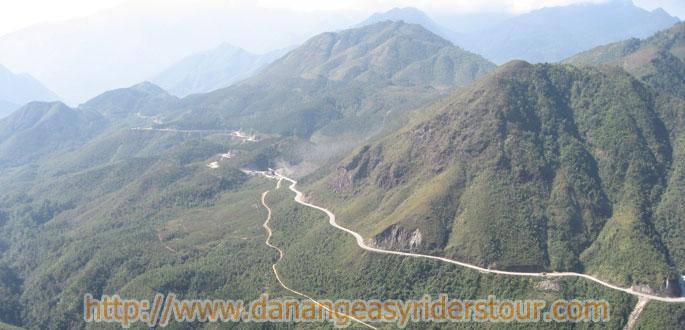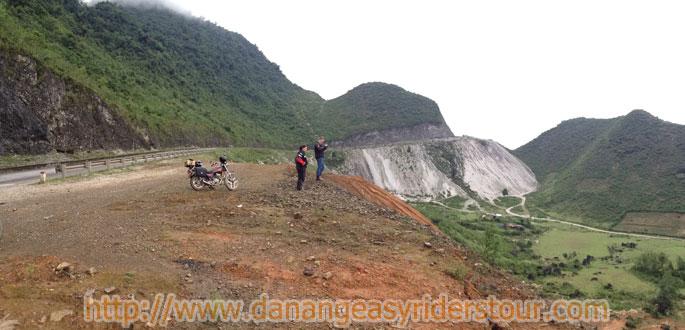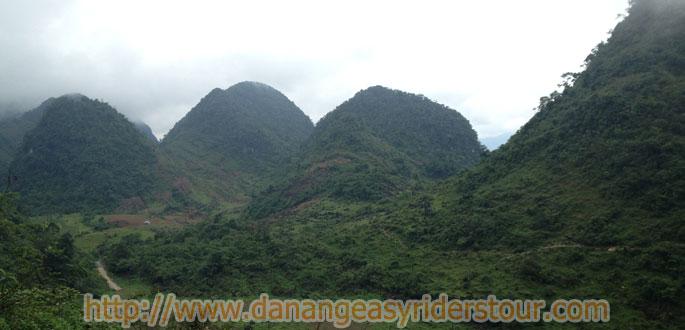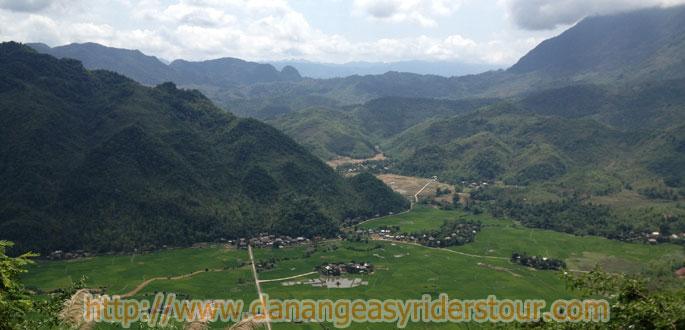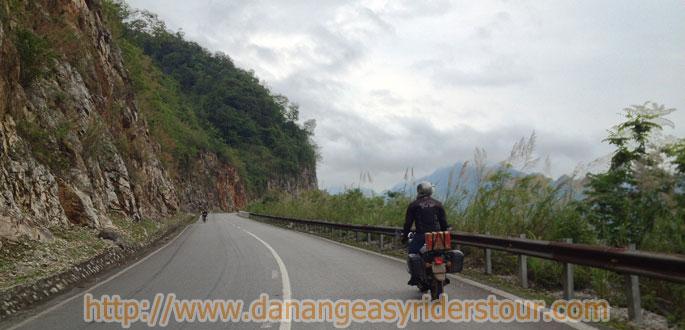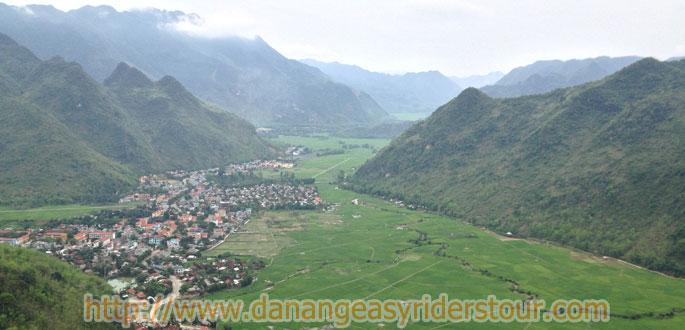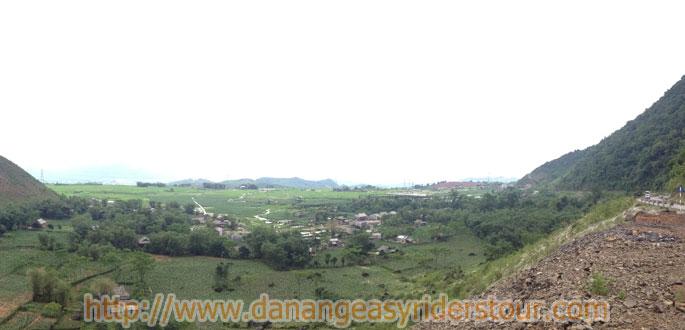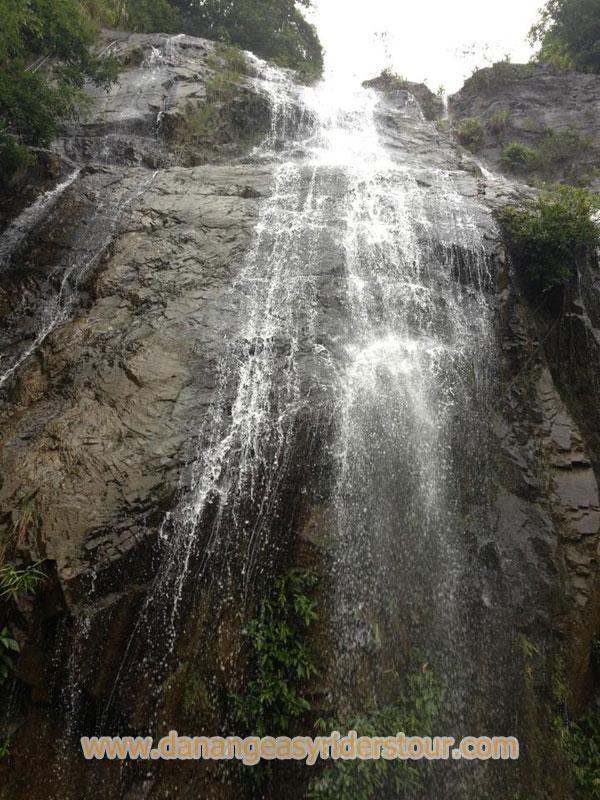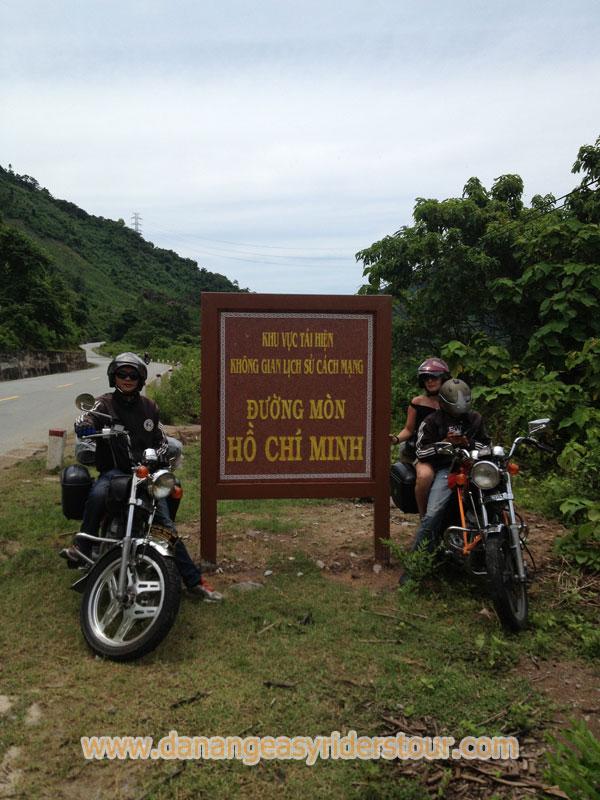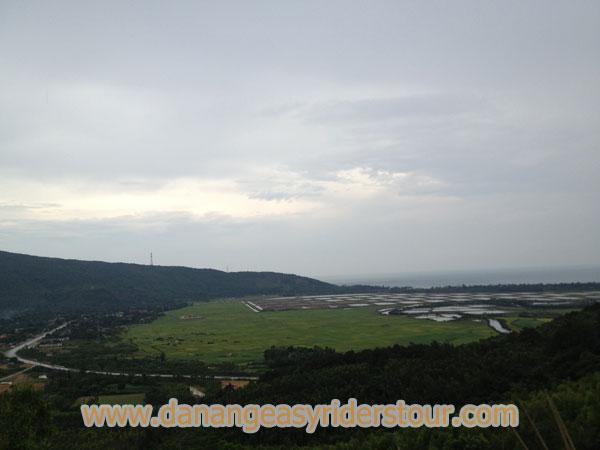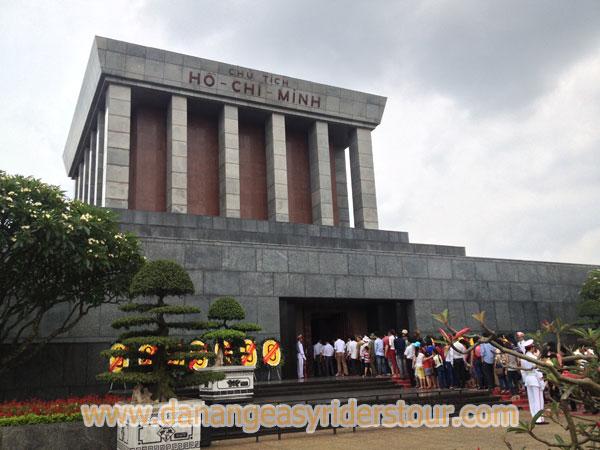The Tay Ninh of the north, Phat Diem is the home of a celebrated cathedral (1891), which is remarkable for its vast dimensions and superb Sino-Vietnamese architecture – with a dash of European dressing for good measure.
During the French era this was an important centre of Catholicism and there was a seminary here. In a throwback to the middle ages, Phat Diem’s bishop ruled the area with his own private army until 1951, when they were replaced by French troops. The cathedral featured prominently in Graham Greene’s novel The Quiet American. The 1954 division of Vietnam caused Catholics to flee south en masse and the cathedral was closed. It is now functional again, along with several dozen other churches in the district, serving the area’s estimated 120, 000 Catholics.

The cathedral complex comprises a number of buildings fronted by an ornamental lake with a statue of an open-armed Christ rising from an island at its centre. The cathedral itself has a vaulted ceiling supported by massive wooden columns that are almost 1m in diameter and 10m tall. Above the altar made from a single block of granite, Vietnamese-looking cherubs with golden wings swarm, while Chinese-style clouds drift across the blue ceiling. Beneath them are icons of the martyrs slaughtered by Emperor Tu Duc during the anti-Catholic purges of the 1850s. The sides of the building open up to allow the breeze to blow through and the light to flood in. Note the delicate stone carvings at the front.

Opposite the cathedral’s main doors is the free-standing bell tower, with stone columns carved to look like bamboo. At its base lie two enormous stone slabs, one atop the other. Their sole purpose was to provide a perch for the mandarins to sit and observe – no doubt with great amusement – the rituals of the Catholic mass.
Atop the tower is such an enormous bell that Quasimodo’s famous chimer in Paris pales significantly in comparison. This was pulled to the cathedral’s top via an enormous earthern ramp. After construction was completed, the dirt was used to raise the whole site about 1m higher than the surrounding terrain. All the large carved stones were transported from some 200km away with only very rudimentary equipment.
Between the tower and the cathedral is the tomb of the founder, a Vietnamese priest named Six. Behind the main building is a large pile of limestone boulders – Father Six piled them up to test whether the boggy ground would support his plans. The test was a success, and the rock heap has been used to form a Lourdes grotto.
The five other chapels within the compound, built in the same style, are also worth exploring. Unfortunately, as with most Vietnamese churches, these are often locked outside of mass times. However, the windowless stone and wood construction affords plenty of gaps for a good peek at the interiors. There are also large statues of the pietà and nativity within the grounds.
Hordes of Vietnamese tourists come to this place. Few of them are Catholic, but many of them are extremely curious about churches and Christianity in general. Admission to the complex is free, but you may have to negotiate hordes of sellers and aggressive beggars at busy times. Daily mass is celebrated at 5am and 5pm.
Not far from this cathedral is a covered bridge dating from the late 19th century. Dong Huong Pagoda is the largest in the area, catering to the Buddhist community. Many of its congregation are from the minority Muong people. To find it, turn right at the canal as you’re approaching town from the north and follow the small road alongside the water for 3km.
www.lonelyplanet.com



